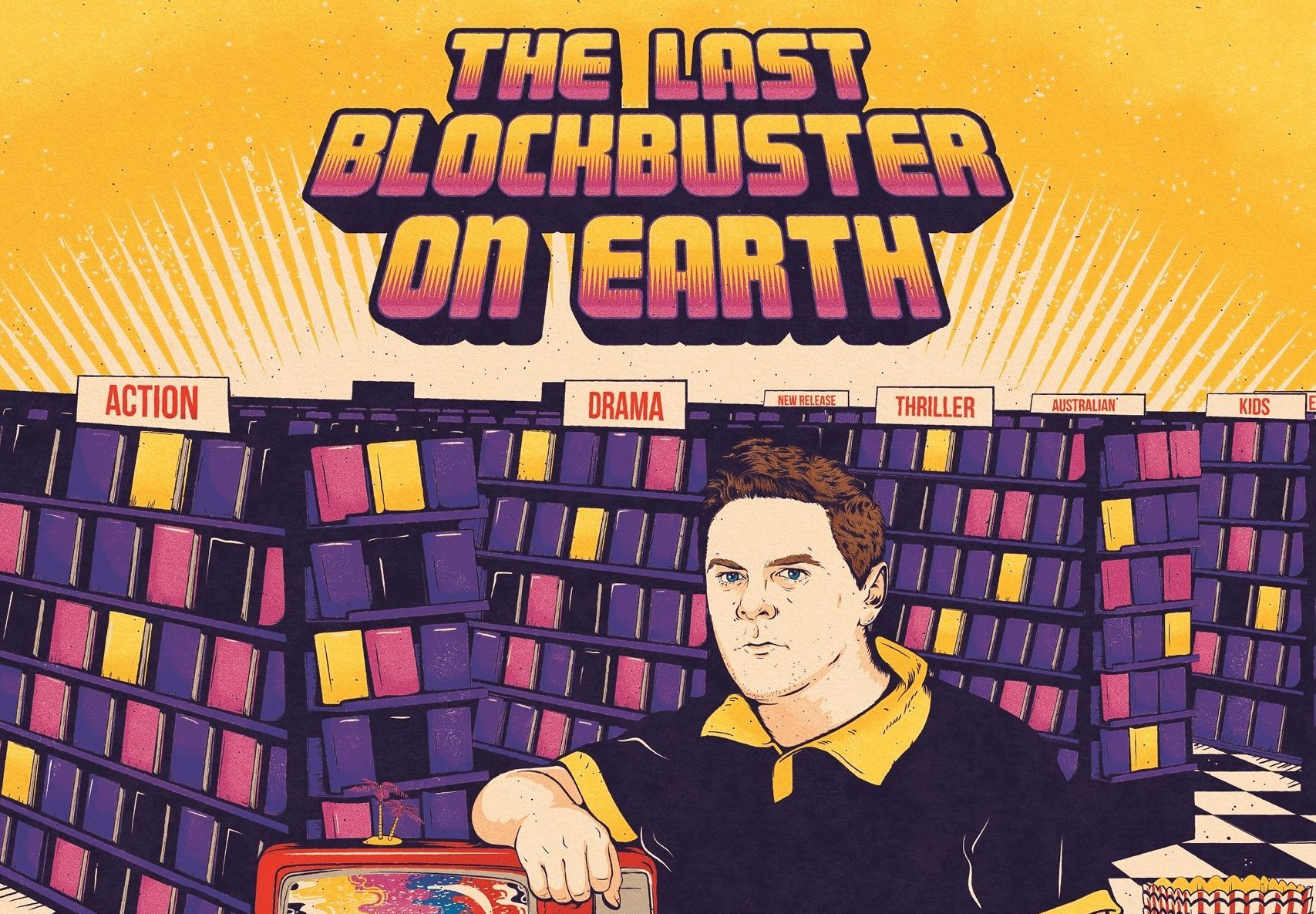A frenetic exploration of movie genres that pays homage to classical anthology series such as Night Gallery and Twilight Zone. Unfortunately, the disparate choice of genres explored detracted from the audience’s quest for meaning.
Anthology series are a personal favourite of mine, allowing actors to explore stories outside the framework of traditional story telling. Night Gallery, Twilight Zone, and even American Horror Story underscore that movies, television and plays are inherently performative pursuits. This creates a nice divergent wedge with literature which can survive on excellent writing, without consideration for performance. The Last Blockbuster on Earth seeks to blend the anthology structure through a one-man stand-up comedy medium.
Scott Limbrick explores a variety of movie genres, seeking to draw the audience into an exploration of existential pain and eventual acceptance; a significantly tall order to be fulfilled in 55 minutes, let alone by only one actor. Throughout the show, Scott was able to clearly construct distinct characters that showed off his considerable range.
Utilising a ‘curator’-like figure as a surrogate for the audience, we are taken through a wide variety of genres including sport, biographical, action/adventure, and horror, among others. In this capacity, the show featured a number of surreal characters that struggled to build a rapport with the audience. A combination of a dualistic construction (for instance, a Vietnam soldier with an excel spreadsheet hobby) and droll stories unfortunately meant the punch lines didn’t quite land. I acknowledge that an anthology series is quite a challenging medium through which to develop character, however many ended up flirting on the side of the absurd. This left a number of characters making only a fleeting impact on the audience that raised the question of their utility to the storyline. It is a fundamental challenge for an anthology creator to ensure heterogenous characters contribute to an overarching storyline; unfortunately this did not quite eventuate.
However, as Scott explored stories that were less outlandish, the show’s meaning was brought into sharper focus and his jokes began to strike a chord with the audience. A Danny Ocean character struggling with a relationship breakdown touching on the fragility of human relationships; a Mike Myers clone exploring the absurdity of dreams and nightmares; a jaded children’s educational show presenter providing a healthy dose of Sartre phenomenology using a sock puppet. The frequent detours into the absurd caricatures made me appreciate these thoughtful characters that much more. The grounded characters counter-intuitively built a cohesive narrative that made the ending that much more impactful and left the audience with a tacit acknowledgement of what binds us all together.
The curator remained understated and generally detached, successfully playing homage to Rod Sterling. However, at the denouement, the curator experiences an existential epiphany that seems unearned. The attraction to Rod Sterling is just how detached he is from the horrors that he is exposing to the audience. If the curator was intended to be a surrogate for the audience, the lessons learned from each genre should have been incorporated into the curator’s character development. This would have grounded the more absurd elements but also aligned the audience to the journey that was intended.
In summary, The Last Blockbuster on Earth has a number of excellent characters that balance absurdity with more humanistic features. However, the impact of these characters is diluted by the introduction of many characters that lack grounding and serve as tangents away from a compelling storyline. An anthology is a medium that gives unparalleled freedom; however, the significant number of genres explored left the audience overwhelmed and diminished the cogency of the storyline.
2 Pelicans out of 5
The Last Blockbuster on Earth continues until Saturday 30 January.
Words by Charles Fedor
Image courtesy of Scott Limbrick

